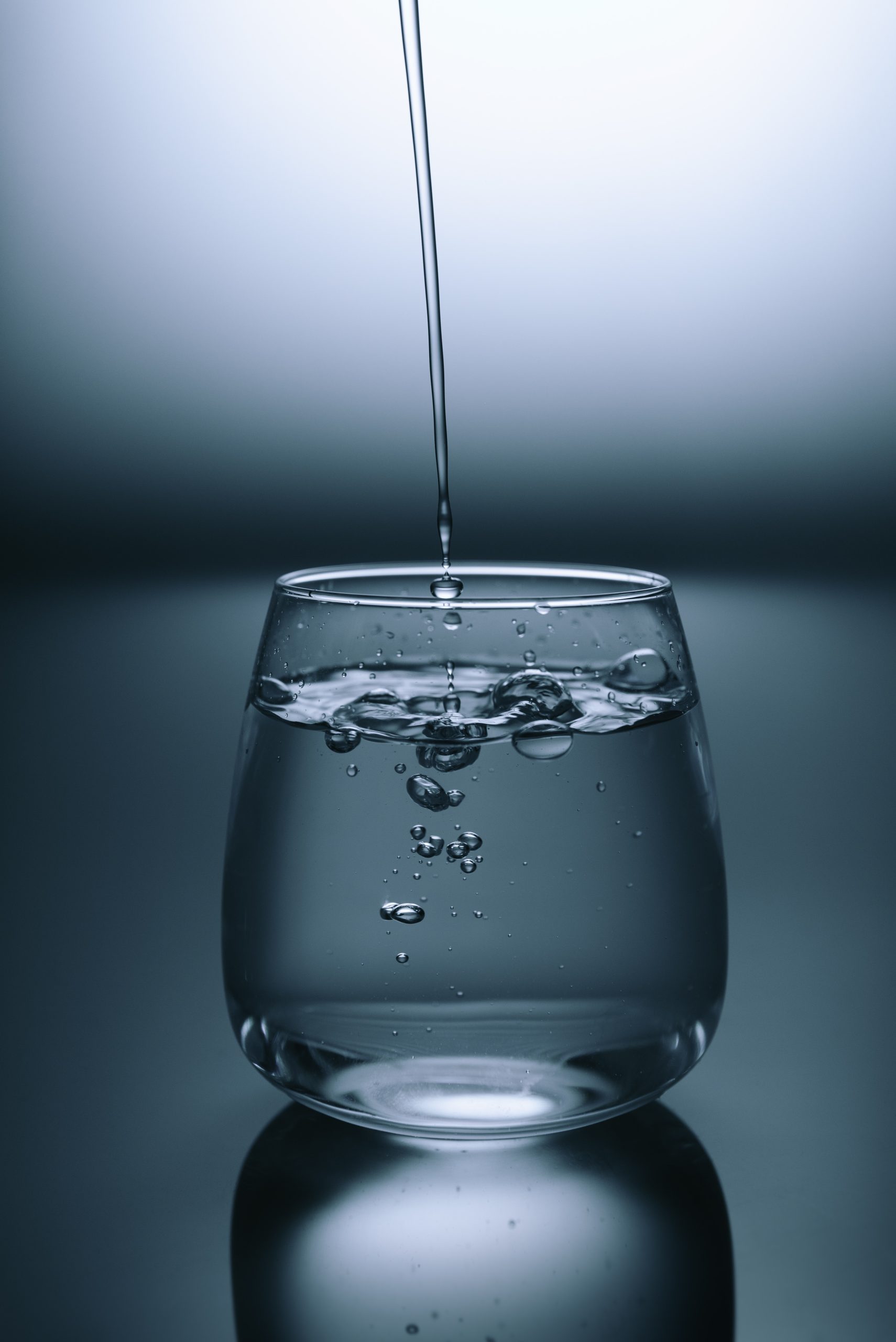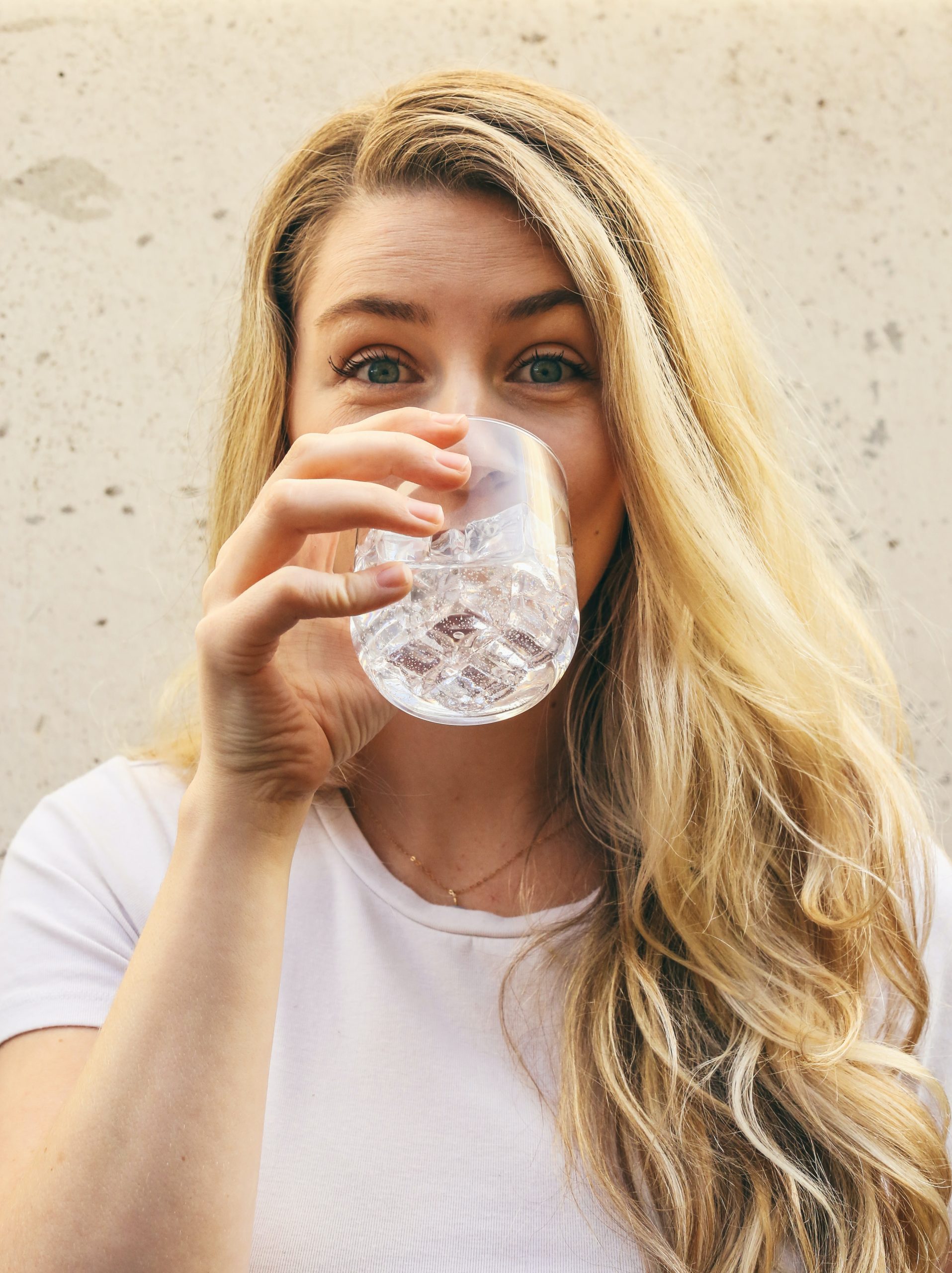HYDRATION AWARENESS
Signs of Dehydration and How to Stay Refreshed

Water is the elixir of life, essential for our body’s proper functioning and overall well-being. However, it’s easy to underestimate the importance of staying hydrated, especially when life gets busy and distractions abound. Dehydration occurs when your body loses more fluids than it takes in, leading to a host of uncomfortable symptoms and potential health risks. In this article, we’ll explore the signs that indicate you may be dehydrated and offer practical solutions to keep your body adequately hydrated.
Signs of Dehydration:
• Thirst: The most obvious sign of dehydration is feeling thirsty. Thirst is your body’s way of signalling that it needs more fluids. However, it’s important to note that by the time you feel thirsty, you may already be mildly dehydrated. Therefore, it’s crucial to drink water regularly, even before you feel thirsty.
• Fatigue and Dizziness: Dehydration can lead to decreased blood volume and lower blood pressure, resulting in feelings of fatigue and dizziness. If you find yourself feeling lightheaded or struggling to concentrate, it may be a sign that you need to hydrate.
• Dark Urine: The colour of your urine can provide valuable insights into your hydration status. If your urine is dark yellow or amber, it’s a sign that you may not be drinking enough water. Ideally, your urine should be light yellow or pale straw-coloured, indicating that you are adequately hydrated.
• Dry Mouth and Bad Breath: Insufficient water intake can cause reduced saliva production, leading to dry mouth and bad breath. Saliva plays a vital role in maintaining oral health by rinsing away bacteria and food particles. When you’re dehydrated, these oral hygiene functions may be compromised.
What to Do About Dehydration?
Drink Water Regularly
The most effective way to combat dehydration is to drink water regularly throughout the day. Carry a reusable water bottle with you and make a habit of sipping water even when you don’t feel thirsty. Aim to drink at least eight 8-ounce glasses of water daily, or more if you are physically active or live in a hot climate.
Monitor Urine Colour
Keep an eye on the colour of your urine as an indicator of your hydration status. Light yellow or pale straw-coloured urine suggests proper hydration, while dark yellow or amber urine may indicate dehydration.
Include Hydrating Foods
In addition to drinking water, you can boost your hydration by including water-rich foods in your diet. Fruits and vegetables like watermelon, cucumber, oranges, and celery are excellent choices to help you stay hydrated.
Limit Dehydrating Beverages
Some beverages, such as caffeinated and alcoholic drinks, can contribute to dehydration. Limit your intake of these beverages, as they can increase fluid loss from the body.
Listen to Your Body
Pay attention to the signs of dehydration your body may be sending you. If you feel thirsty, don’t ignore it. Take the time to drink water and rehydrate.

How to Make Drinking Water Fun?
Colourful Straws and Bottles
The most effective way to combat dehydration is to drink water regularly throughout the day. Carry a reusable water bottle with you and make a habit of sipping water even when you don’t feel thirsty. Aim to drink at least eight 8-ounce glasses of water daily, or more if you are physically active or live in a hot climate.
Hydration App
Use technology to your advantage and download hydration reminder apps on your phone. These apps send cheerful reminders to drink water throughout the day and even track your progress. Turn it into a game to see who can keep up with the reminders the best!
DIY Flavoured Ice Cubes
Get creative in the kitchen and make your flavoured ice cubes. Blend fruits and herbs with water and freeze them into ice cube trays. Add these tasty cubes to your water for an instant burst of flavour as they slowly melt.